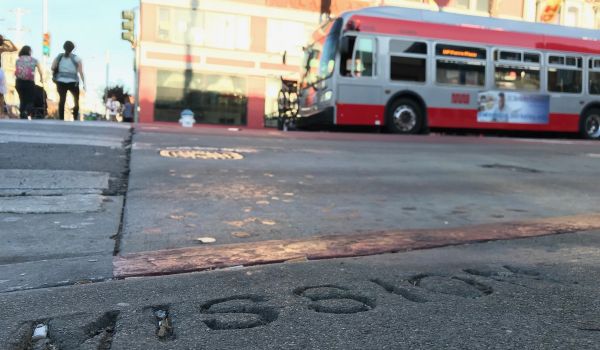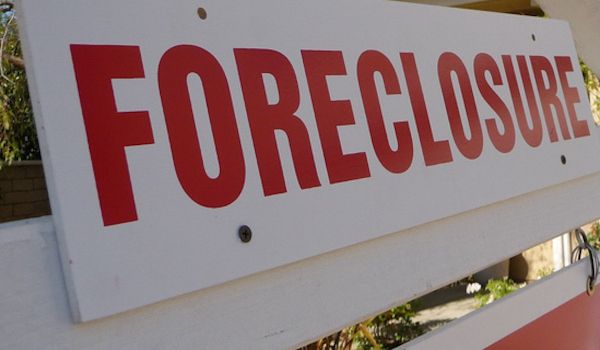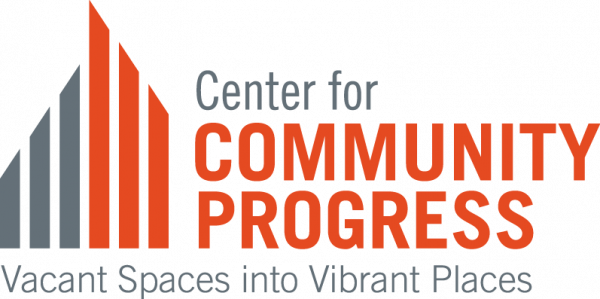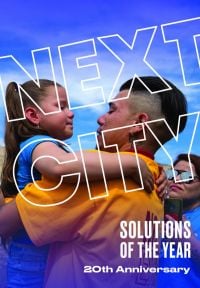The funeral home at 13-15 Chambers Street in Newburgh, N.Y., had already died by the time the Newburgh Community Land Bank formed in 2012.
Two commercial spaces on the ground floor and three apartments on the upper levels had been abandoned for long enough that the city had managed to acquire the property through tax foreclosure. Newburgh is a small city of 30,000 people, about 60 miles north of New York City on the western bank of the Hudson River. When the land bank formed, it decided to focus its energy on a portion of the downtown area — a historic district close to the hospital and the community college, walkable to transit, and packed with vacant properties that the city already owned.
“There hadn’t been much development in the neighborhood we were targeting in many, many years,” says Madeline Fletcher, executive director of the Newburgh Community Land Bank. “So we wanted to do a project that showed how these things could really get done.”
The Chambers Street property was one of the Newburgh Community Land Bank’s first acquisitions. After it got the building from the city, it invested $90,000 in asbestos treatment and structural stabilization. It hired an architect to design the renovation and used another $100,000 in federal HOME Funds to renovate the apartments upstairs for affordable rental units. Those units are now rented to tenants earning up to 65 percent of area median income who were already living in the neighborhood, according to Fletcher. And when the renovation was complete, the land bank ended up selling the property to the architect, who lives nearby. The land bank itself moved its offices into the ground floor commercial space.
That project eventually became part of the inspiration for New York State to create its Neighbors for Neighborhoods program, now gaining steam in the state’s other post-industrial cities.
The Neighbors for Neighborhoods program provides financial support for New York residents to renovate abandoned properties in their neighborhoods for affordable rental housing. The Capital Region Land Bank is soliciting proposals for the program in Schenectady; last week, officials in Rochester announced that a local resident had bought the first property to go through the Neighbors for Neighborhoods program in that city, the Democrat & Chronicle reported. A spokeswoman for the City of Rochester says the city expects to be able to complete five rehab projects with properties in its Land Bank under the current round of funding. And back where it all got started, Newburgh Community Land Bank (along with its work on other properties) is working on three small redevelopment projects under Neighbors for Neighborhoods.
Announced two years ago, Neighbors for Neighborhoods is a $4 million program funded out of settlement payments related to the housing and foreclosure crisis of 2008. The program is meant to help individual residents take over and reactivate vacant properties of up to four dwelling units. It requires the owners to put in at least 10 percent equity in the property and to rent the apartments for at least 20 years at rates that are affordable to tenants making up to 80 percent of area median income. Owners must live nearby the properties they’re renovating, and may not already own more than two rental properties, according to the requirements listed in a Rochester sale document.
The Neighbors for Neighborhoods program is administered by Enterprise Community Partners, a national affordable housing nonprofit. The group worked closely with the New York Attorney General’s office to craft the program, according to Elizabeth Zeldin, senior program director at Enterprise Community Partners. The goal of the program was to develop some affordable rental housing in struggling neighborhoods and build local wealth at the same time, Zeldin says.
Enterprise has been working with land banks throughout New York State since 2013, funding them through a variety of settlement payment dollars to reactivate vacant buildings in their communities and further their community development priorities, Zeldin says.
“What we noticed was the majority of the projects that land banks wanted were for homeownership,” Zeldin explains. “Homeownership has really been the traditional stabilization strategy in communities, particularly the low-density ones. We wanted to demonstrate that high-quality rental housing could also be a positive asset to a community.”
Zeldin says the program is meant to help small-time landlords invest in the growth of their communities. She points to research out of Atlanta suggesting that landlords with lots of properties are more likely to file evictions than small-time landlords. The program is meant to help provide stable affordable housing for tenants and a source of equity for committed local owners. In many cases, in the cities where the program is active, Zeldin says, 80 percent area median income is roughly market-rate anyway.
“The landlord generally in most of these neighborhoods is not forgoing rental income now as much as forgoing upside in the case of potential gentrification,” she says. “The goal is to really use this program as a way to mitigate blight in neighborhoods, so we are looking for them to use these projects to turn around blocks and make the visual landscape of a block better.”
The Chambers Street property in Newburgh was cited as an inspiration for the Neighbors for Neighborhoods program in a press release announcing the program in 2016. Fletcher says the Newburgh Community Land Bank is currently eyeing three other rehab projects, including one with a very large unit, after finding that there’s a demand for larger affordable units in the city. Because it’s working at such a small scale for each project, the Land Bank has been able to identify potential projects and investors in the target area it wants to improve one by one.
“We tried to see where there were sort of spiritual matches between the program’s goals and things we knew were in the pipeline,” Fletcher says. “It’s been a little bit organic.”

Jared Brey is Next City's housing correspondent, based in Philadelphia. He is a former staff writer at Philadelphia magazine and PlanPhilly, and his work has appeared in Columbia Journalism Review, Landscape Architecture Magazine, U.S. News & World Report, Philadelphia Weekly, and other publications.
Follow Jared .(JavaScript must be enabled to view this email address)

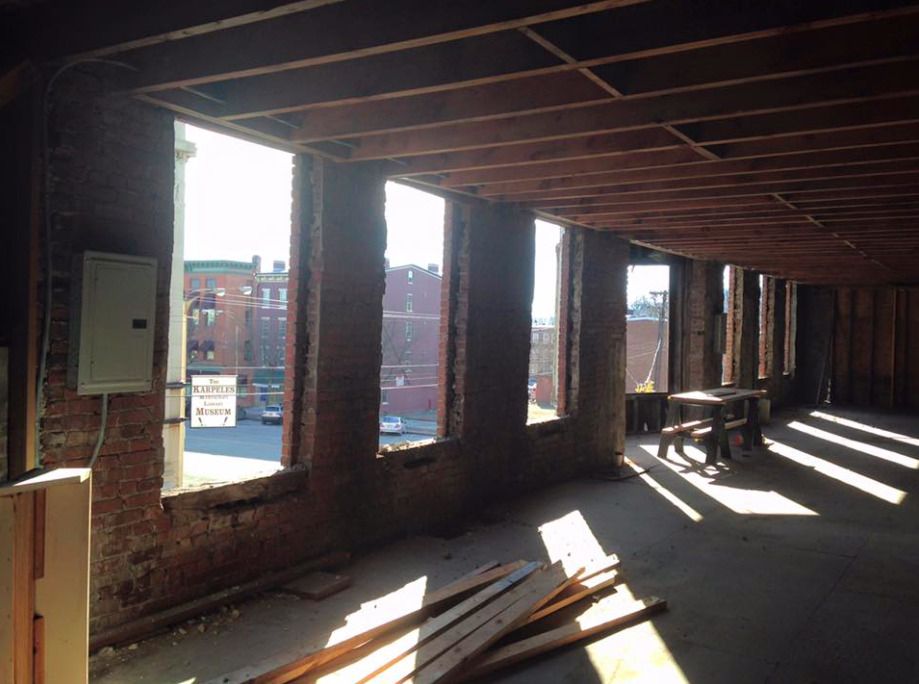

_920_614_600_350_80_s_c1.jpg)
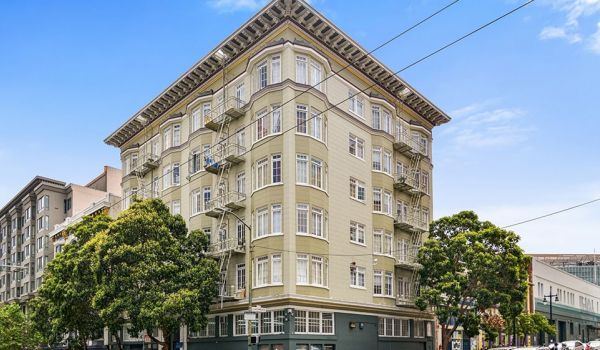
_600_350_80_s_c1.JPG)


